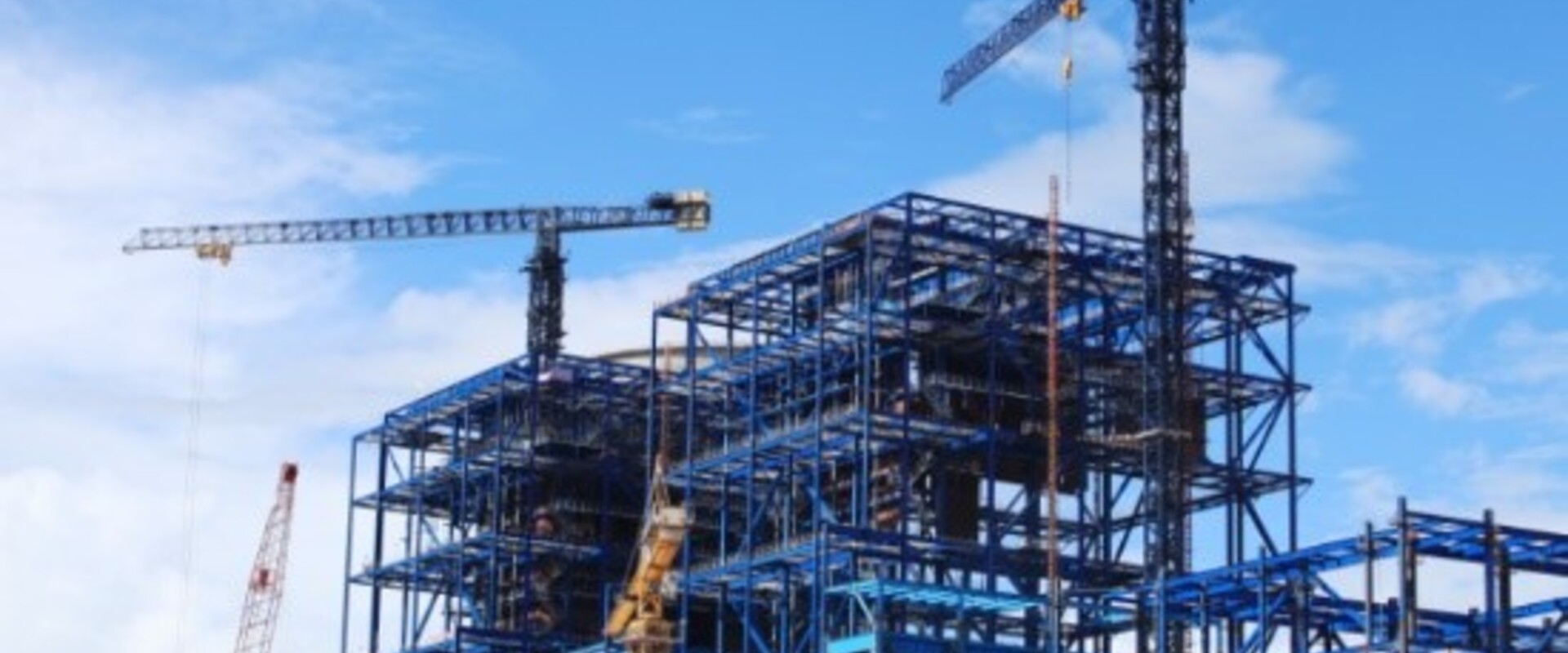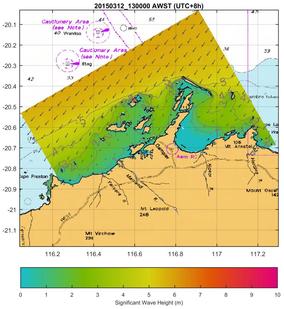
Development of a Climate Resilient Design Guide for Infrastructure
In partnership with the University of Sydney and the University of Technology Sydney (UTS), we are helping to prepare new national guidelines regarding climate resilient materials.
In partnership with the University of Sydney and the University of Technology Sydney (UTS), we are helping to prepare new national guidelines regarding climate resilient materials. The new guidelines, known as Practice Note 12.2: Climate resilient materials for infrastructure assets (PN 12.2) will be released by the Institute of Public Works Engineering Australasia (IPWEA) to supplement the existing Practice Note 12.1: Climate Change Impacts on the Useful Life of Infrastructure (PN 12.1), previously prepared by Northern Beaches Council and IPWEA.
This national guideline will provide Australian local governments access to information regarding resilient construction materials and provide a decision pathway for their selection and use.
The new guidelines are focused on the suitability and sustainability of the most common construction materials used in asset rebuilding or renewal projects e.g., concrete, steel, bitumen, wood and PVC. It presents innovative solutions and practices to increase resilience to a range of natural hazards that will intensify due to climate change. They can be used for new construction and for asset life-extension works.
We developed a decision tree for the guide with worked examples, to help users select material options that best suit their need. To ensure the usability of the information in the guide, we conducted a user testing workshop with participating councils. Several case study of the use of resilient materials are also developed.

We carried out comprehensive oceanographic modelling to develop the design conditions at various mooring sites in Dampier port and Mermaid Sound.

We assisted in the development of offshore oil facilities on Pulau Busing Island, off Singapore's busy south coast. The work was motivated by the increasing costs of oil, and our team was in place to assess a total engineering design and project management consultancy for four new jetties.

We were appointed to undertake a regional study to assess the commercial potential of the development of a marine waste collection and reprocessing network.

As part of a government scheme to increase agricultural exports from a Vietnam province, BMT was appointed to help the client examine existing and planned port facilities and transport networks; estimat the potential cargo demand; establish possible strategic development options corresponding to the economic and competitive framework and highlighted possible risks to each option.